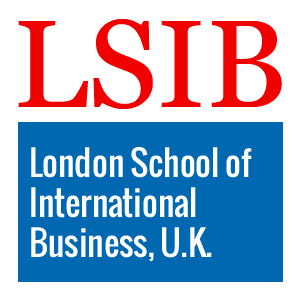Certified Professional in Remote Sensing Applications for Humanitarian Aid
Published on June 23, 2025
About this Podcast
HOST: Welcome to our podcast, where we explore innovative courses that create real-world impact. I'm thrilled to have [Guest] with us today, who will shed light on the Certified Professional in Remote Sensing Applications for Humanitarian Aid. Can you tell us a bit about this course and why it's important? GUEST: Absolutely! This course empowers professionals to harness remote sensing technology during crises. It's crucial for humanitarian workers, disaster response teams, and environmental scientists to analyze satellite imagery and apply geospatial data effectively. HOST: That sounds fascinating. How have you seen remote sensing technology make a difference in humanitarian aid? GUEST: In my experience, it has significantly improved disaster response by quickly identifying affected areas, assessing damage, and planning interventions. Remote sensing also helps monitor environmental changes and resource management, contributing to sustainable solutions. HOST: Incredible! As technology advances, what current trends are you seeing in remote sensing applications for humanitarian aid? GUEST: There's growing interest in integrating artificial intelligence and machine learning for automated image analysis, making it more efficient and accessible. We also see a rise in open-source data and collaborative platforms, fostering innovation and knowledge sharing. HOST: That's exciting! But there must be challenges in implementing these advanced technologies. What are some common hurdles? GUEST: Yes, access to high-quality data and infrastructure, especially in remote or vulnerable regions, can be a significant challenge. Additionally, training and capacity building are crucial to ensure that professionals can effectively use these tools in high-pressure situations. HOST: Looking to the future, how do you see this field evolving and what impact could it have on humanitarian aid? GUEST: I believe remote sensing technology will become even more integral to disaster management and environmental conservation. By training professionals to leverage these tools, we can enhance the overall efficiency, timeliness, and effectiveness of humanitarian aid. HOST: Thank you so much for sharing your insights with us today! To our listeners, if you're eager to make a difference in humanitarian aid, be sure to check out the Certified Professional in Remote Sensing Applications for Humanitarian Aid. Until next time, keep exploring and learning!
